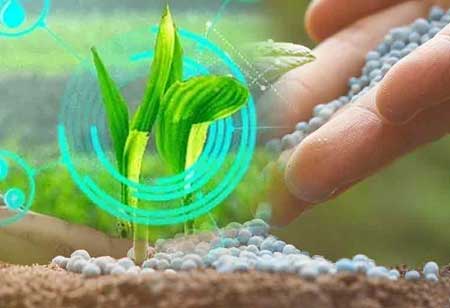Thank you for Subscribing to Agri Business Review Weekly Brief
Evolving The Future With Agtech Trends
Agriculture-related technological improvements can greatly impact sustainability, food security, and prospective policies

By
Agri Business Review | Thursday, December 01, 2022
Stay ahead of the industry with exclusive feature stories on the top companies, expert insights and the latest news delivered straight to your inbox. Subscribe today.
Agriculture-related technological improvements can greatly impact sustainability, food security, and prospective policies.
Fremont, CA: As technology advances, various sectors continue to evolve. Vaccines have been designed, electric automobiles have been allocated, and online shopping is normal.
Agriculture Technology (Agtech), which is undergoing more automation, biotech technologies, and digitization, is another area that has developed drastically. These Agtech trends are impacting the future of agriculture worldwide, particularly in nations that are more reliant on imports or whose economies are substantial as per agriculture.
Agtech trends that are developing in the future:
Automation and robotics
Agriculture is integrating automation and robotics in different ways, comprising farm technology that decreases the need for human work and irrigation systems that efficiently use natural resources, among other things. The latter is important in nations where water scarcity is an issue. Governments and groups are working to make agriculture automation a standard practice.
Farm management software
Farm management software solutions present insights into crop technical, commercial, and financial performance and are closely tied to automation. Consequently, farm management software helps diminish supply chain interruption and growing efficiency. Moreover, there are many region-specific farm management software products accessible.
Precision pollination
Pollinators are important to agriculture, but bee populations are reducing globally. As a result, most firms are designing creative strategies to rehabilitate bee colonies and recognize pollination substitutes to compensate for the reduced bee population. It's also worth noting that animal pollination isn't necessary for all crops. For instance, grasses like wheat and barley are pollinated by the wind.
Indoor farming
The brutal environment in some areas may restrict the region's agricultural growth. Indoor farming is a useful approach that reduces the risk of food insecurity while improving human control over growing conditions. Indoor farming, also called Controlled Environment Agriculture (CEA), is being introduced throughout the region, with greenhouses, vertical farms, aquaponics, and other automated growth conditions being specified.





